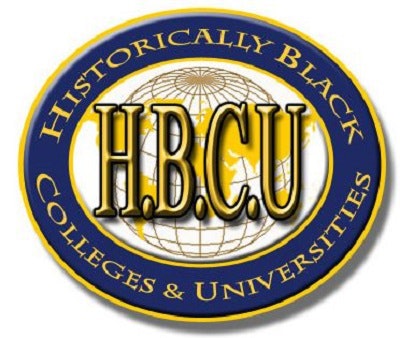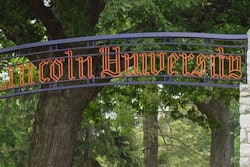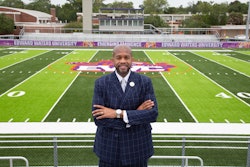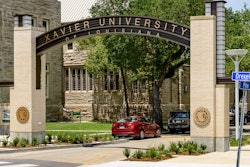Starting today, Diverse will feature occasional news-roundups and interviews focused on historically Black colleges and universities (HBCUs) and other minority-serving institutions, as campus leaders plot a course for teaching, learning and working during the pandemic. This first installment takes a look at plans from Morgan State University in Baltimore, Maryland; Tennessee State University in Nashville, Tennessee; and Claflin University in Orangeburg, South Carolina.

In March, the COVID-19 pandemic forced campuses across the country to evacuate and abruptly send faculty and students to a hodgepodge of remote and virtual teaching and learning spaces. The pandemic has disrupted higher education institutions, but its toll on the nation’s historically Black colleges and universities (HBCUs) and other minority-serving institutions (MSIs) has been particularly severe.
Today, as those in charge of HBCUs and MSIs grapple with likely enrollment shortfalls and other unprecedented economic and public health burdens fueled by the pandemic, they must also decide how and whether to reopen in the fall. These considerations come as many Southern states, home to most HBCUs, show jumps in COVID-19 cases. Facing so many unknowns, most campus plans that are emerging are purposely tentative and incomplete. But the “preparedness and readiness” plan the president of Morgan State University issued earlier this month fills in more of the gaps than most.
Morgan State University: ‘We Are Encouraged’
At Morgan State University (MSU), efforts to re-open the campus began on June 8 with the return of its physical plant staff. Cleaning and preparing the campus is the first step in a multi-phased plan to re-open the campus in the fall and resume residential life, president Dr. David K. Wilson said in a statement to his university community.
Despite facing a new academic year made uncertain by the pandemic, “we are encouraged,” Wilson told Diverse. Surveys of current students are among some recent indicators that tell Wilson his students “desire to return to campus” and want to resume face-to-face learning. But when tuition is a key driver and those students are still remote, what also matters now is ensuring that new fall applicants say “yes” to Morgan. With a little over two months to go before MSU plans to re-open on Sept. 5, Wilson told Diverse the university continues “to assess and process our fall applications, [and] at present, the best-case projections are that the enrollment number remains flat.”















